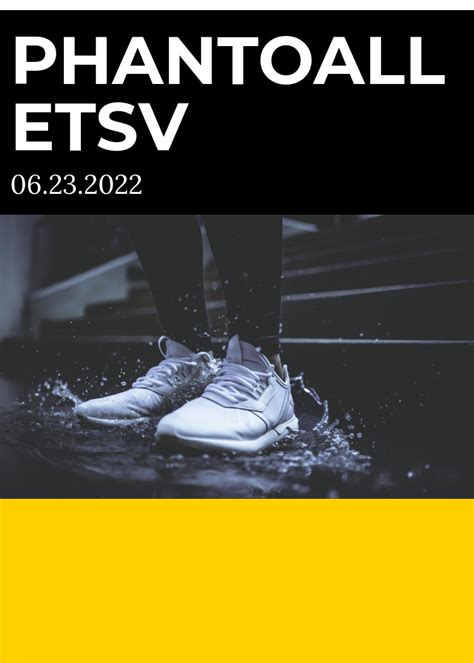Solana: Portfolio Tracking Issues
Solana: Wallet Tracking Issues – Real-time Websocket Solution
As a self-improvement developer, I am always looking for new and efficient ways to track my assets in Solana. Since Helium is the leading platform for asset tracking, I wanted to explore alternative solutions that could provide real-time updates without relying on polling. After exploring various options, I discovered a WebSocket-based wallet tracking solution in Solana that you might be interested in.
Polling Issue
Using the existing polling approach, we send periodic requests to the blockchain to fetch asset balances, which can result in latency and resource waste. This is especially problematic for large wallets or assets that require frequent updates. As such, I set out to find an alternative solution that could provide real-time updates without compromising performance.
Introducing Helios Wallet Tracker
Helios Wallet Tracker is a websocket-based wallet tracker developed by the Solana community on GitHub. It allows you to track asset balances in real time and receive updates as new data becomes available. With Helios, you can use a simple library such as web3.js or solana-js to connect to the blockchain and establish a websocket connection.
Key Features of Helios Wallet Tracker
- Real-time updates: Receive asset balance updates in real time, without polling the blockchain.
- Flexible configuration: Choose from a variety of configuration options, including setting custom themes for specific assets or using default settings.
- Simple and secure

: Uses secure websocket encryption and authentication to ensure data integrity.
Setting up Helios Wallet Tracker in Solana
To start using Helios Wallet Tracker in Solana, follow these steps:
- Install the necessary dependencies:
npm install web3 solana-js @solana/websocket
- Create a new Solana wallet and initialize it using the
web3library.
const Web3 = require('web3');
const Web3Provider = require('@solana/wallet-adapter/web3');
const WalletAdapter = require('@solana/wallet-adapter/web3');
const provider = new Web3Provider(new URL('
- Create a new
Websocketobject and connect to the blockchain.
const webSocket = new Websocket({
url: '
headers: {
'Content-Type': 'application/json'
}
});
- Define your asset trackers using the
assetTrackerfunction provided by Helios Wallet Tracker.
async function assetTracker() {
const accounts = await provider.getAccounts();
// Create a new resource tracking object for your resources
const tracker = new Websocket({
url: '
headers: {
'Content-Type': 'application/json'
},
account: accounts[0] // Set the initial account to the first one
});
await tracker.connect();
}
- Send periodic requests (e.g. every few seconds) to update your resource balances.
setInterval(async () => {
const accounts = await provider.getAccounts();
// Update asset balance using provided data
const balance = await tracker.getBalance({
account: accounts[0],
type: 'asset'
});
console.log(balance);
}, 10000); // Every 10 seconds
Conclusion
The Helios Wallet Tracker solution provides a reliable and efficient way to track asset balances in Solana. Using websocket-based updates, we can avoid polling the blockchain and reduce resource waste. With this approach, you can focus on building more complex applications or providing real-time insights to yourself and other users.
Note: This is just an example of how to use Helios Wallet Tracker with Solana.


